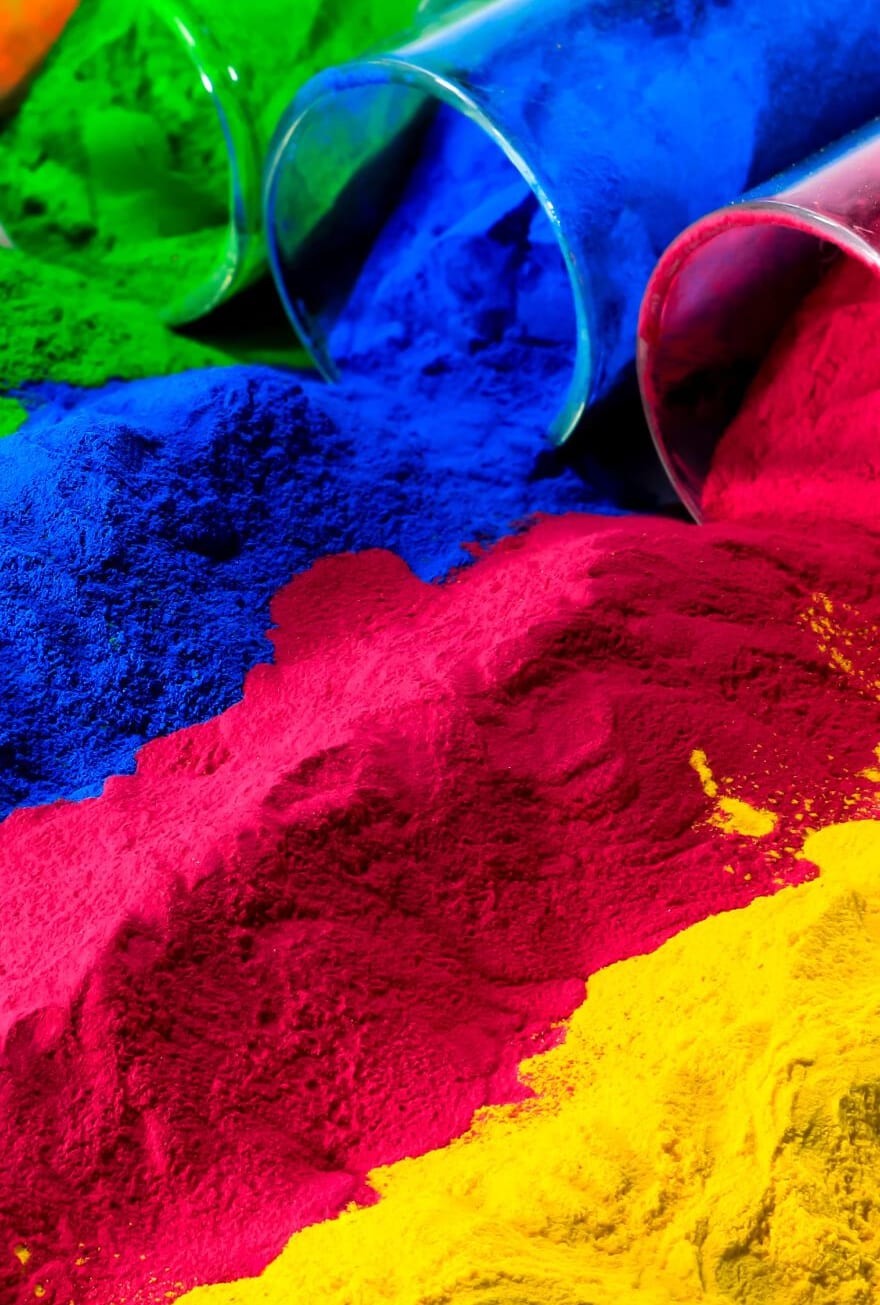Knowde Enhanced TDS
Identification & Functionality
- Carrier
- Chemical Family
- Base Chemicals Functions
- Cleaning Ingredients Functions
- Product Families
- Material Composition
Trans-1,2-dichloroethylene: 46-55%
1,1,2,2-tetrafluoroethyl-2,2,2-trifluoroethyl ether: 43-52%
Ethanol: 1-3%
Features & Benefits
- Benefit Claims
- Labeling Claims
- Base Chemicals Features
- HII Features
- Benefits
- Non-flammable
- Non-corrosive
- Superior drying property
- Excellent permeability
- Recyclable
- Low global warming potential (GWP)
- Zero ozone depletion potential (ODP)
- No surfactants necessary
- Recoverable by simple distillation
- Can be used with ultrasonics
- Material compatibility with a wide variety of metals, plastics, and elastomers
- Excellent thermal, chemical, and hydrolytic stability
- Low surface tension, low viscosity, high liquid density
Applications & Uses
- Applications
- Applicable Processes
- Base Chemicals End Uses
- Home Care Applications
- I&I Cleaning Applications
- Applications
- Defluxing of printed wiring assemblies
- Precision cleaning of plastics, substrates, electrical components, metals, and particle removal
- Drying agent after cleaning with hydrocarbons or alcohols
- Drying agent after aqueous cleaning
- Replacement for HCFC, perchloroethylene, trichloroethylene, Dupont™ Vertrel®, & 3M™ Novec™ solvents
- Cleaning Procedures
It is recommended that Asahiklin AE3000ATE be used in a vapor degreaser to optimize cleaning efficiency, economy, and emission control. Cleaning procedures for Asahiklin AE3000ATE are quite similar to those of AK225 products. The procedures consist of immersing a workload into the boiling solvent, rinsing or spraying with cool solvent and drying in solvent vapor.
Properties
- Physical Form
- Physical Properties
- Material Compatibility
Asahiklin AE3000ATE has a broad range of compatibilities.
Effect of Asahiklin AE3000ATE on Unstressed Plastics at the Boiling Point.
At boiling for 5min
At boiling for 3 days
Weight change (%)
Linear Swell (%)
Extractables (%)
Weight change (%)
Linear Swell (%)
Extractables (%)
Polyvinyl chloride (rigid)
3.8
4.0
<0.1
43.5
45
0.8
Polyvinyl chloride (plasticized)
23.5
19.0
5.8
-7.4
-17.5
26.8
Polyethylene (HP)
8.6
6.0
<0.1
110.4
affected
1.1
Polyethylene (LP)
1.5
1.5
<0.1
16.3
12.8
2.4
Polypropylene
2.4
1.8
0.3
31.0
22.1
1.0
Polystyrene
31.2
16.9
0.8
affected
affected
105.8
Polycarbonate
17.2
23.2
0.2
36
65.2
1.0
Polyacetal
0.4
0.4
<0.1
11.4
13.1
0.4
Polyphenylene oxide
34.0
20.3
1.2
107.6
affected
10.6
Phenolic
0.2
0.2
<0.1
11.4
11.4
1.2
ABS
45.5
23.7
0.9
181
affected
4.5
Nylon6
<0.1
-4.0
0.3
8.5
2.8
0.1
Nylon66
0.2
-0.1
0.2
7.3
7.5
0.2
Polyester (FR)
3.1
3.0
0.2
76.8
134.7
5.3
PTFE
0.1
0.2
<0.1
2.6
3.9
0.1
PCTFE
0.2
0.7
<0.1
10.4
16.2
<0.1
Epoxy (FR)
0.4
0.5
<0.1
7.4
12
0.1
Polyphenylene sulfide
0.1
-0.9
<0.1
3.8
4.8
0.1
Polybutylene terephthalate
1.0
1.2
<0.1
13.5
12.3
0.6
Polyethylene terephthalate
25.9
22.2
0.3
71.4
78
2.6
Note: negative numbers denote shrinkage
Effect of Asahiklin AE3000ATE on Elastomers at the Boiling Point.
At boiling for 5min
At boiling for 3 days
Weight change (%)
Linear Swell (%)
Extractables (%)
Weight change (%)
Linear Swell (%)
Extractables (%)
Polysulfide rubber FA(T)
19.8
16.4
1.9
63.8
50.1
13.6
Natural rubber (NR)
23.0
20.9
1.3
46.7
33.9
12.7
Urethane rubber (UR)
40.0
35.8
6.0
178.6
129.7
13.2
Isobutylene isoprene rubber (IIR)
18.3
15.6
3.2
38.1
29
14.3
Polychloroprene (CR)
18.7
17.8
<0.1
31.8
28
14.2
Fluoroelastomer E (FKM)
11.1
14.6
<0.1
84.2
109.5
3.8
Chlorosulfonated polyethylene (CSM)
15.2
13.0
2.1
32.4
27
12.7
Silicone rubber (Q)
66.7
54.8
0.5
167
128.6
2.5
Nitryl rubber (NBR)
29.1
27.0
3.2
66.2
59.9
13.5
Ethylene propylene diene terpolymer (EPDM
16.1
13.6
4.2
16.7
7.8
18.6
Effect of Asahiklin AE3000ATE Viton and PTFE at the Boiling Point.
At boiling for 7 days
Weight change (%)
Linear Swell (%)
Extractables (%)
Viton (FDA White)
57.1
53.9
0.9
Viton (Chemical Resistant)
90.5
68.4
1.2
Vition (Low Temp)
71.2
54.6
0.2
Viton
72.0
60.4
6.8
PTFE
2.7
1.1
<0.1
- Environmental Properties
Properties
Asahiklin AE3000ATE
Ozone Depletion Potential (ODP)1
None
Global Warming Potential (GWP)2
*257
Flash Point
None
1 CFC-11 = 1.0
2 CO2 = 1.0, 100yr ITH
* Calculated value by the AIST
| Value | Units | Test Method / Conditions | |
| Boiling Point | 42 (107.6) | ºC(ºF) | — |
| Density (at 25ºC) | 1.35 | g/cm³ | — |
| Flash Point | None | — | Open/Closed Cup |
| KB Value | 38 | — | — |
| Latent Heat of Vaporization (at 39ºC) | 200 | KJ/kg | — |
| Melting Point | -50 | ºC | — |
| Relative Evaporation Rate (Ether=100) | 92 | — | — |
| Specific Heat (at 25ºC) | 1.4 | kJ/kg K | — |
| Surface Tension (at 25ºC) | 18 | dyne/cm | — |
| Viscosity (at 25ºC) | 0.34 | cSt | — |
Packaging & Availability

